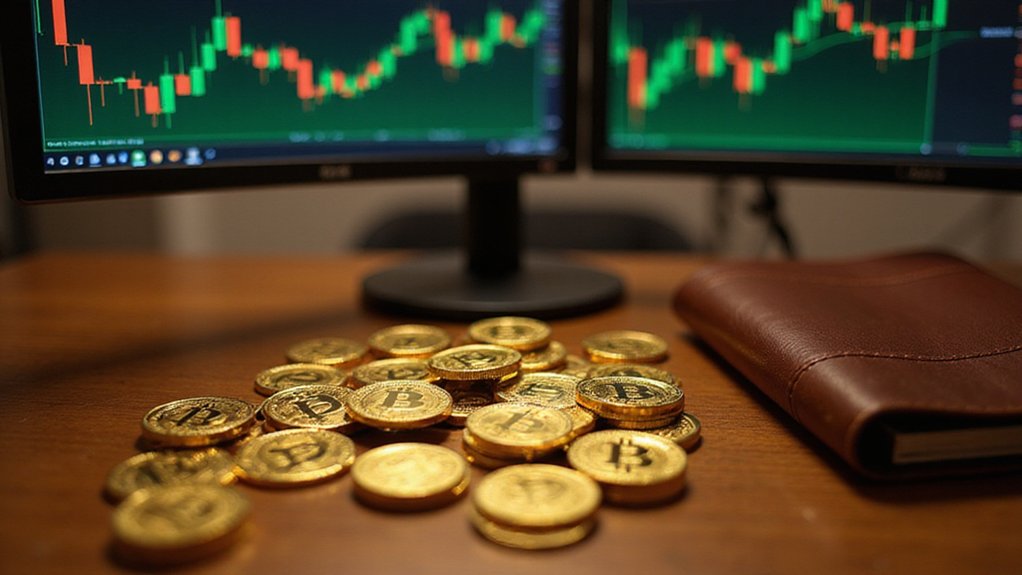Bitcoin shattered another ceiling in the financial universe as its market capitalization soared to $2.16 trillion on May 21, 2025, officially surpassing e-commerce giant Amazon in the global asset rankings. This milestone places the decentralized digital currency as the fifth-largest asset worldwide, trailing only behind gold, Microsoft, Apple, and Nvidia—a remarkable achievement for what many institutional financiers once dismissed as a speculative aberration.
The timing proved particularly poetic when, just one day later on May 22, Bitcoin reached an unprecedented price of $111,000 per coin. This date—colloquially known as “Pizza Day” among crypto enthusiasts—marks the 15th anniversary of the infamous transaction wherein 10,000 bitcoins purchased two pizzas (worth approximately $41 in 2010, and now valued at over $1.1 billion). The symmetry between Bitcoin’s historic roots and its current valuation serves as a rather elegant narrative arc for the asset’s maturation.
Bitcoin’s journey from pizza tokens to trillion-dollar juggernaut reflects finance’s most profound evolution in a century.
Amazon’s concurrent 8% year-to-date decline certainly facilitated this changing of the guard, but Bitcoin’s ascendancy represents something more profound than mere market fluctuations. The cryptocurrency has systematically outpaced traditional financial behemoths, having already surpassed Google and silver in total market value—no small feat for an asset class that continues to confound traditional valuation models. The latest market data shows Bitcoin trading at $105,254.30 with a slight increase of 0.16%. BlackRock’s spot Bitcoin ETF has played a significant role in this rise, achieving an impressive 19 consecutive days of inflows totaling over $1 billion in a recent week.
Several factors have catalyzed Bitcoin’s meteoric rise, including unprecedented institutional adoption, persistent inflation concerns, and growing acceptance of its “digital gold” narrative. The price achievement was widely anticipated by analysts who had been tracking Bitcoin’s steady momentum throughout early 2025. Its fixed supply of 21 million coins stands in stark contrast to fiat currencies’ unlimited printing potential—a distinction that resonates increasingly with investors seeking refuge from monetary expansion.
What this reshuffling ultimately represents is a fundamental recalibration in how markets conceptualize value. Bitcoin—an intangible, decentralized network with no headquarters, CEO, or quarterly earnings calls—now commands more financial gravity than one of the world’s most dominant corporations. One can only imagine how future economic historians will annotate this inflection point in the evolution of global finance.









